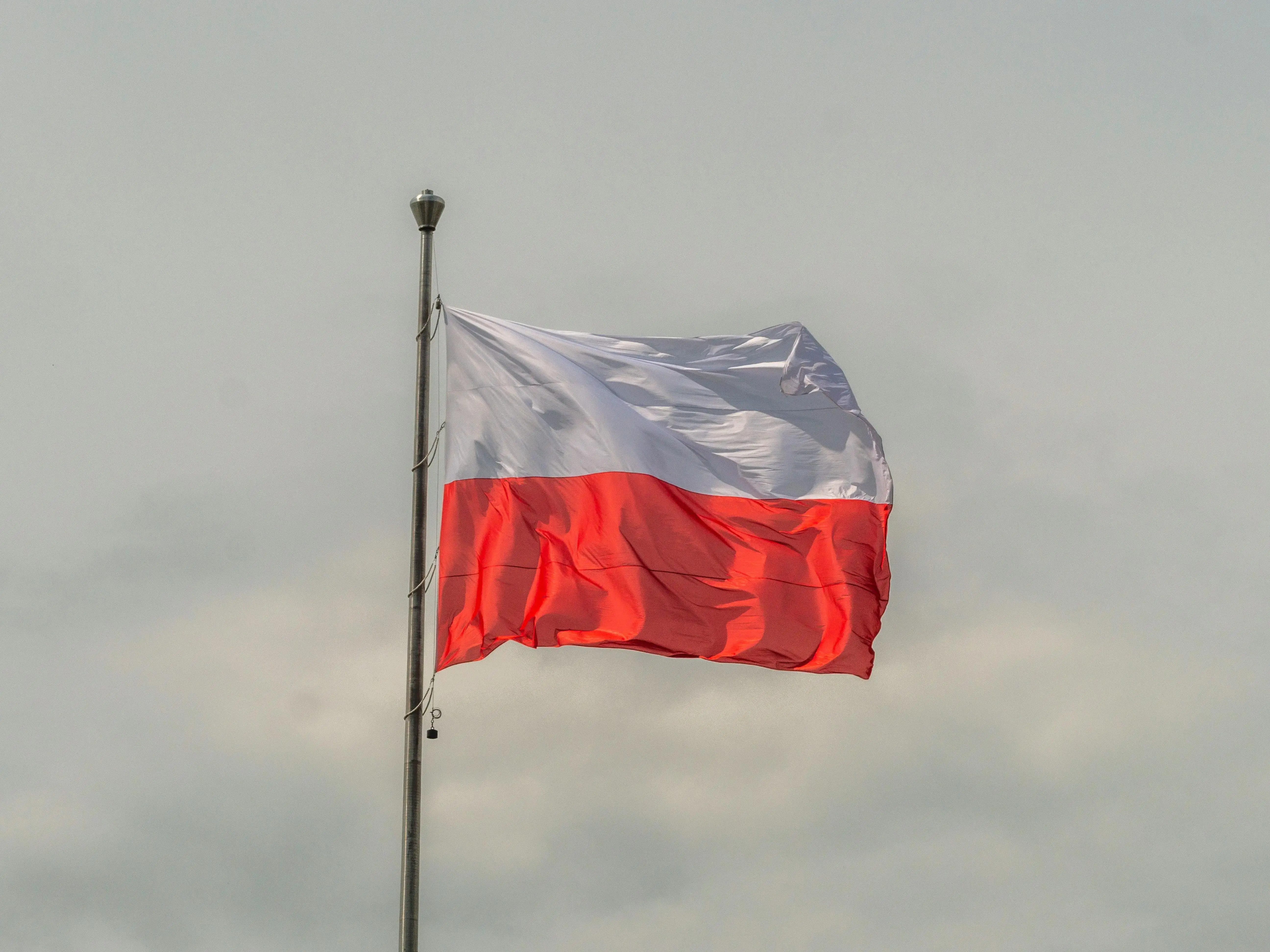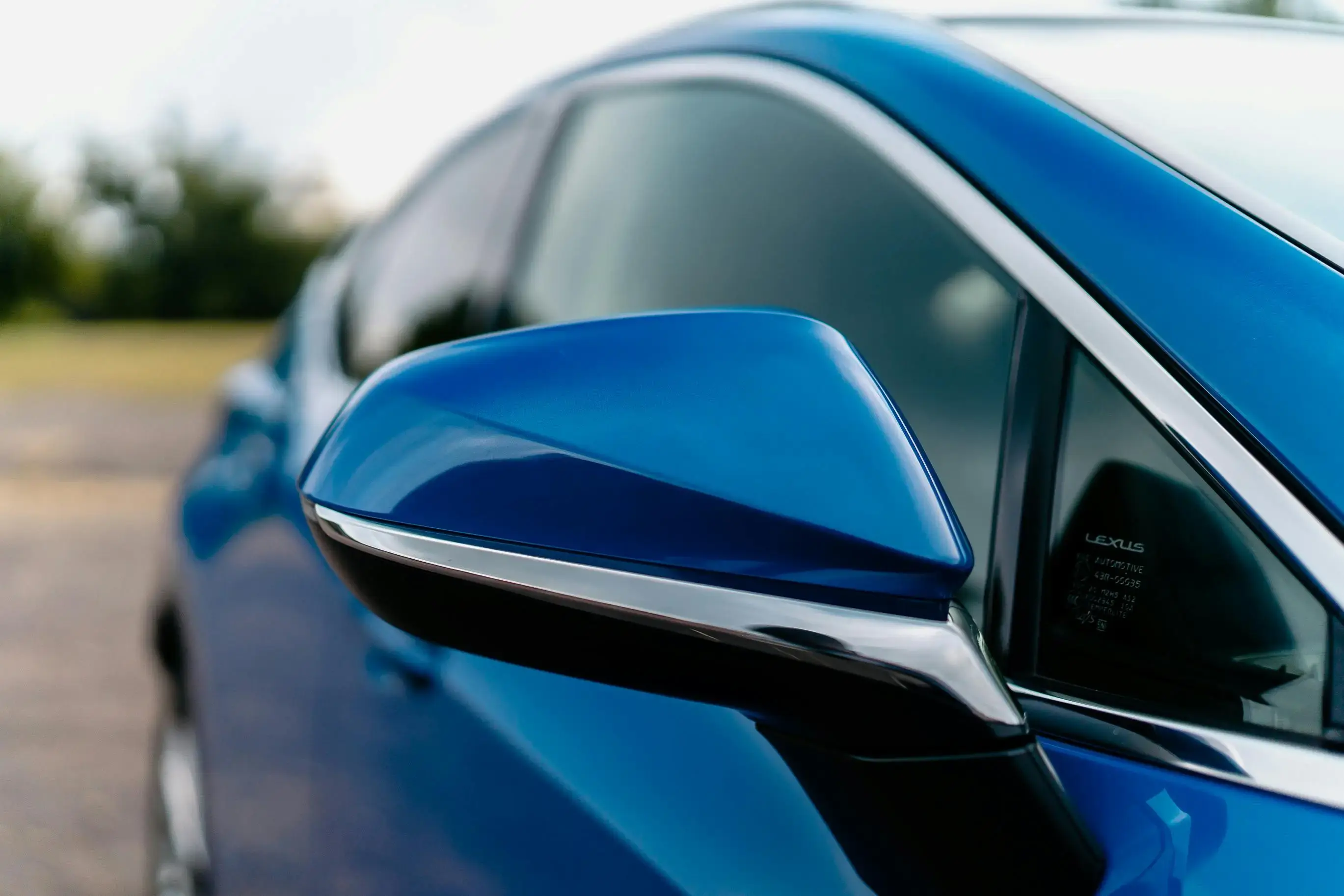Poland's Classic Cars: Emission Zones, Ban, and Environmental Impact
Poland is rolling out strict clean-air policies that directly affect every classic car owner who drives—or plans to drive—vintage vehicles through major cities. This deep-dive explains the upcoming emission rules, details what the Warsaw and Kraków clean transport zones actually ban, and shows why the changes matter for collectors and daily drivers alike. Readers will learn how diesel and petrol restrictions evolve through 2024 and beyond, what exemptions apply to classic car enthusiasts, and how these local regulations fit into Europe’s broader clean-air strategy.
Article Outline
-
Why Is Poland Targeting Vehicle Emission Reductions in 2024?
-
What Does “Clean Transport Zone” Really Mean for Classic Car Drivers?
-
How Will the Diesel Ban Affect Cars on Polish Roads?
-
Will Petrol Vehicles Face Similar Restrictions in Warsaw and Kraków?
-
Do Poland’s Low-Emission Zones Exempt Historic or Classic Cars?
-
What Are the Environmental Benefits of Reduced Car Emissions?
-
How Might Poland’s Ban Influence Import of Classic Cars in Europe?
-
Are Electric Vehicles the Only Long-Term Solution for Urban Air Quality?
-
What Can Car Owners Do to Comply With New Emission Standards?
-
How Does West Coast Shipping Help Collectors Navigate Changing Rules?
1. Why Is Poland Targeting Vehicle Emission Reductions in 2024?
Poland suffers some of Europe’s worst air pollution, with many cities routinely exceeding World Health Organization limits for particulate matter. Traffic in large urban areas adds high emission loads of nitrogen oxides and soot on top of the country’s historic reliance on coal. By introducing clean transport zones, city councils hope to limit the negative impact of daily car emissions and improve air quality for nearly 20 million residents.
The government’s 2021 amendment to the electromobility law authorizes municipalities above 100,000 people to create low-emission corridors. Warsaw followed quickly, announcing a downtown clean air zone in 2024. Kraków endorsed a similar policy, signaling a nationwide shift toward low emission mobility that mirrors western European cities such as London and Madrid.
2. What Does “Clean Transport Zone” Really Mean for Classic Car Drivers?
A clean transport zone (often called a LEZ) is an area where only vehicles that meet certain emission standard levels can enter. In Warsaw, the first enforcement phase limits access for pre-2005 diesel cars and pre-1997 petrol models. Signs at every entry point display a green car in a circle, alerting drivers that high emissions vehicles are restricted within the zone.
Kraków’s version covers most of the urban center; Warsaw’s encompasses 37 square kilometers. Both cities will tighten rules every few years until, by 2032, diesel vehicles over eleven years old and petrol cars older than seventeen will be banned. Local residents who pay taxes inside the municipality enjoy grace periods, but outside visitors must comply immediately.
3. How Will the Diesel Ban Affect Cars on Polish Roads?
Diesel cars dominate Poland’s used-vehicle imports. In 2022 alone, more than a million cars entered the country—many older than the EU fleet average. Because diesel particulate filters were absent on pre-2006 engines, these imports emit disproportionately high soot levels, driving local air pollution.
Under the new ban, older diesel vehicles can’t legally access downtown Warsaw or Kraków unless they qualify for limited exemptions (emergency services, disability transport, or vintage-car rallies). Authorities expect a 50 percent drop in nitrogen-oxide concentrations by 2026 in Kraków alone, based on modeling from the city’s air protection programs.
4. Will Petrol Vehicles Face Similar Restrictions in Warsaw and Kraków?
While diesel remains the primary target, gasoline engines are also under scrutiny. Petrol cars older than 27 years will be barred from Warsaw’s zone starting July 2024. By 2032 the threshold drops to 17 years. These steps align with the EU’s 2035 sales ban on new combustion-engine vehicles, nudging owners toward plug-in hybrid or fully electric options.
Because petrol engines emit less particulate matter than diesel, the phase-out timeline is slower. However, any petrol car failing Euro 4 standards (2005 or older) will gradually lose access to central districts, encouraging renewal of Poland’s average age 14-year car fleet.
5. Do Poland’s Low-Emission Zones Exempt Historic or Classic Cars?
Yes—local statutes generally exclude factory-stock vehicles registered as “antique” or “historic,” provided owners drive sparingly. Regulations define a classic car as at least 30 years old, maintained in original condition, and entered into Poland’s heritage registry. Because these cars make up less than 0.1 percent of traffic, authorities view them as collectibles with limited environmental risk.
The exemption matters for collectors who import vintage models. Enthusiasts using classic car shipping services can still display prized vehicles at shows, though they must carry documentation proving historic status when entering low-emission corridors.
6. What Are the Environmental Benefits of Reduced Car Emissions?
Studies from the Municipal Council of Warsaw predict an 11 percent drop in NO₂ and a 20 percent decline in particulate matter after only the first phase. A 2023 sustainability projection showed similar gains in Kraków. Cleaner streets translate into direct health improvements—lower asthma rates, fewer heart attacks, and reduced premature deaths related to air quality.
Lower car emissions also cut Poland’s carbon footprint. Though transport sector and to reduce emissions contributes less CO₂ than coal-powered heating, vehicles still account for a major share of urban pollution. Cleaner traffic dovetails with EU climate targets, strengthening Poland’s position in the European strategy for a net-zero economy.
7. How Might Poland’s Ban Influence Import of Classic Cars in Europe?
As central and eastern European countries tighten emission rules, demand for Euro-4-compliant vehicles rises. Some Polish drivers will retire older cars and look to import younger used models from Germany or the Netherlands. Conversely, Western collectors may see an opportunity to purchase pre-1997 petrol classics released onto the market by Polish owners facing ban restrictions.
Shippers like West Coast Shipping already handle east-west flows of classics for events and auctions. The new zones make it even more crucial for buyers to verify a vehicle’s emission standard before completing a cross-border purchase to avoid being locked outside the zone.
8. Are Electric Vehicles the Only Long-Term Solution for Urban Air Quality?
Electric vehicles reduce on-road emission levels to near zero, but Poland’s dominance of coal in electricity generation complicates full decarbonization. Yet EV adoption still cuts urban air pollution because tailpipe emissions disappear exactly where people live and breathe.
Legislators combine LEZ bans with incentives for electric vehicles, including parking discounts and lane privileges. Over time, a shift to EVs, paired with national power-sector reforms, promises lasting improvements in air quality. Until then, hybrid drives and cleaner Euro 6 engines remain transitional options.
9. What Can Car Owners Do to Comply With New Emission Standards?
Car owners have three primary paths:
-
Upgrade or retrofit. Install filters on older diesel engines or convert petrol cars to LPG, although costs may outweigh benefits for vehicles near end-of-life.
-
Apply for exemptions. Register the vehicle as historic or demonstrate residency-based waivers (valid in Warsaw until 2028).
-
Switch modes. Embrace low emission mobility by adopting EVs, car-sharing, or public transit, reducing personal car traffic within the zone.
Understanding compliance rules early helps car owners avoid fines and plan budgets for necessary changes.
10. How Does West Coast Shipping Help Collectors Navigate Changing Rules?
When clean-air laws change, classic-car collectors worry about logistical obstacles. West Coast Shipping offers tailored guidance on European low-emission regulations, ensuring vehicles meet entry criteria for shows and tours. Services include:
-
Emission compliance checks before loading vehicles bound for Europe.
-
Consolidated container shipping from U.S. ports to Gdańsk or Hamburg with documentation stating historic status.
-
Partnership with Polish brokers for swift customs clearance and registration of classics under heritage plates.
Collectors can thus continue enjoying European rallies without running afoul of new inner-city restrictions.
Key Points to Remember
-
Poland’s clean transport zones ban pre-2005 diesel and pre-1997 petrol cars in Warsaw; restrictions tighten through 2032.
-
Classic car exemptions protect heritage vehicles—documentation proving historic status is mandatory within zones.
-
Cleaner traffic is expected to reduce NO₂ by 11 percent and particulates by 20 percent, improving air quality and public health.
-
Owners can comply by upgrading vehicles, seeking exemptions, or switching to electric vehicles.
-
International shippers must verify a vehicle’s emission standard before import or export.
-
West Coast Shipping provides containerized transport and compliance support for classic-car enthusiasts navigating Europe’s evolving rules.
Get Your Free Emission-Compliant Shipping Quote
Use our instant calculator below to see rates for transporting your classic or modern vehicle into European low-emission zones without the hassle.
You May Also Like
These Related Stories

Import Your Car to Poland Duty-Free

Moving With a Vehicle to Poland

-093789-edited.png?width=220&height=79&name=wcs_final_logo_(1)-093789-edited.png)
